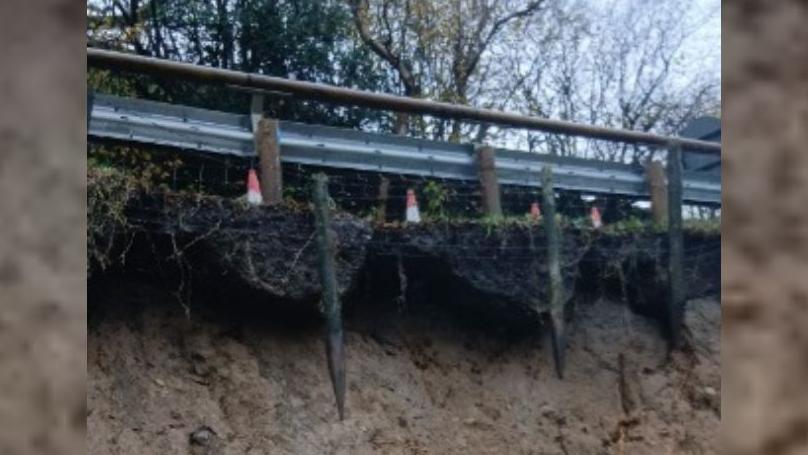Why are landslides grinding routes to a halt?
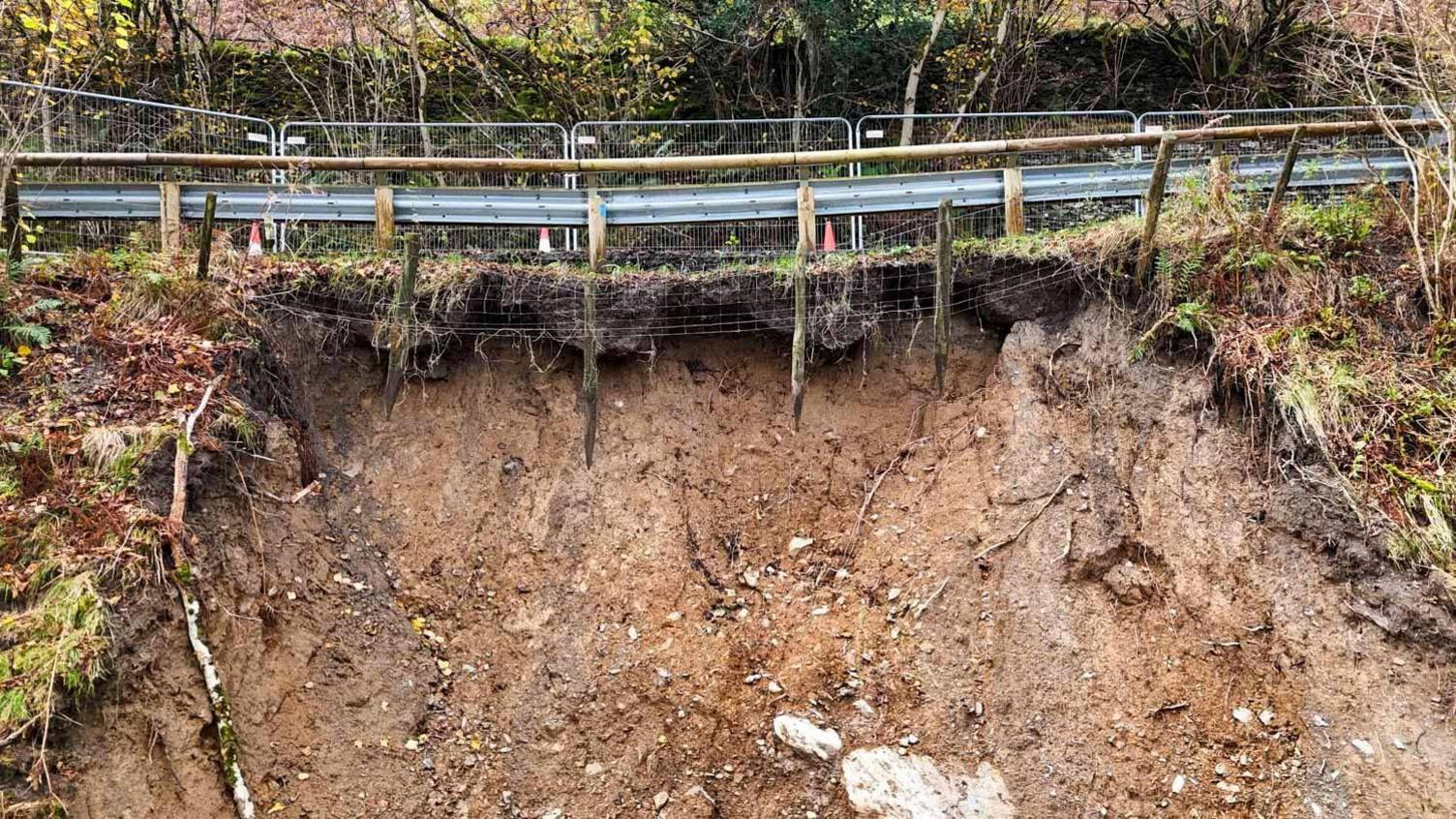
Heavy rain undermined much of the earth underneath a section of the A592
- Published
Huge landslides occur in their hundreds every year across the UK, with many causing significant damage and some resulting in fatalities. But what actually causes them and why are shutting down travel routes?
Cumbria has experienced its fair share of landslides and experts are warning they could become more common.
As the world warms, the UK is likely to have hotter, drier summers and warmer, wetter winters, according to the Met Office.
What is a landslide?
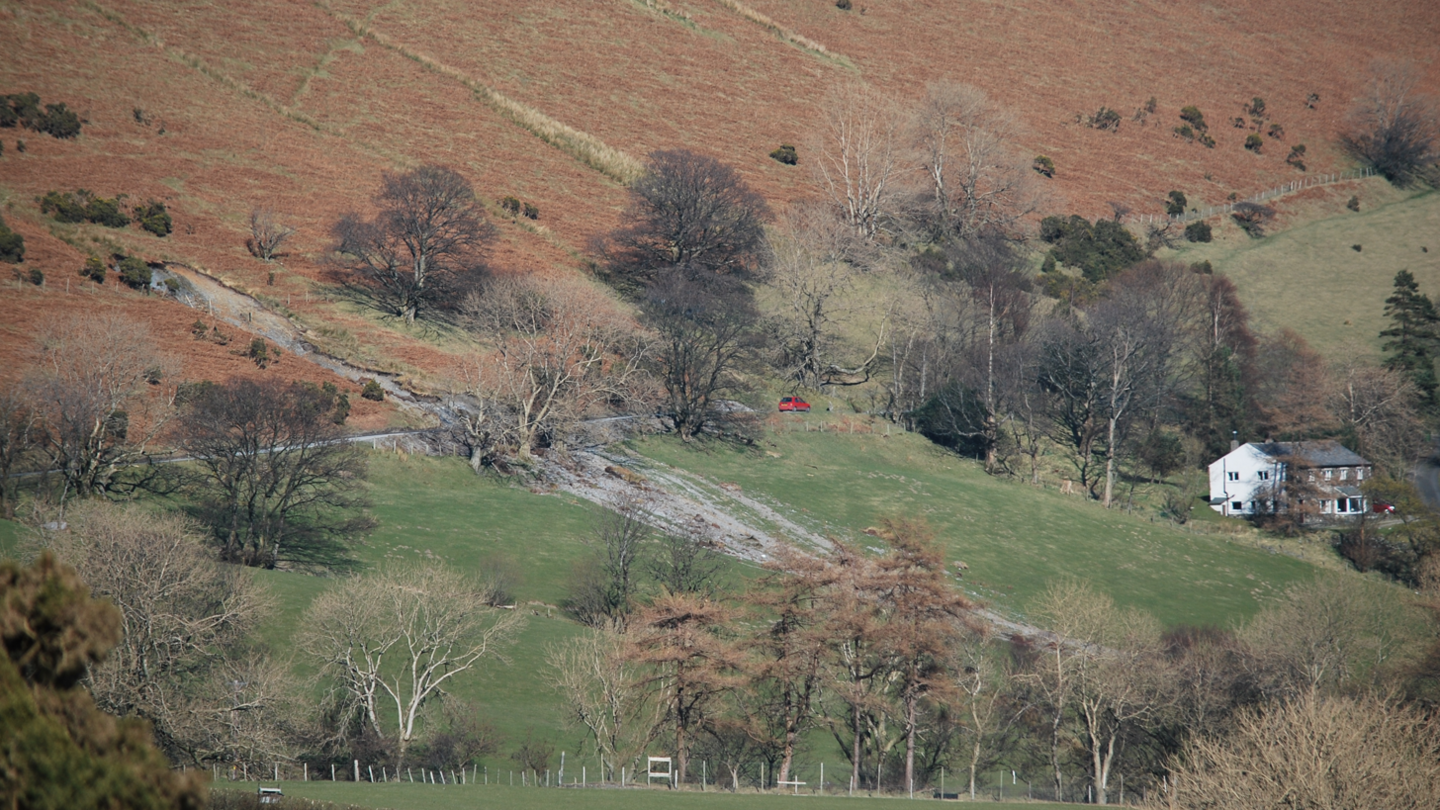
A landslide in Newlands Valley, in the Lake District
The British Geological Survey (BGS), which monitor landslides, define them as a mass movement of material, such as rock, earth or debris, down a slope.
A landslide, or a landslip, can happen suddenly or more slowly over long periods of time.
Dr Richard Johnson, an associate professor in geography at the University of Cumbria, said they were not a new phenomenon.
"Their history goes back millennia, if you were to look around the landscape there is clear evidence of historical failures," he said.
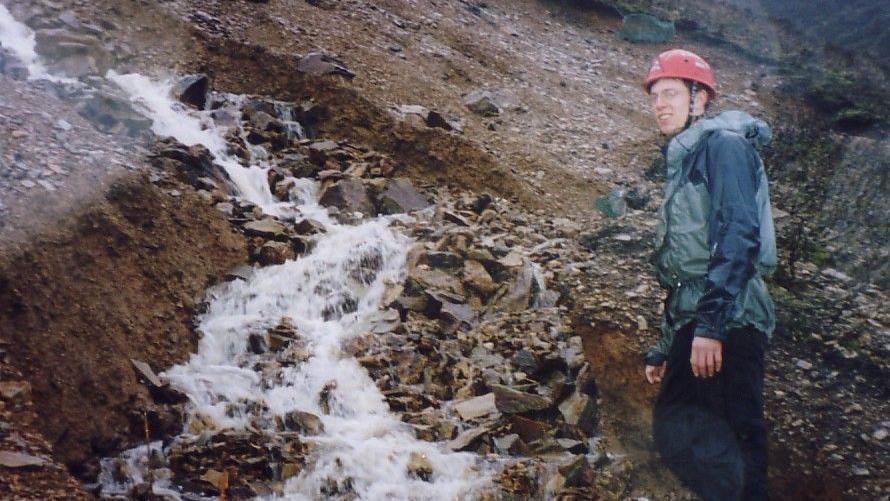
Professor Richard Johnson has studied landslides across Cumbria as well as their impact in the Indian Himalayas
How do they occur?
Landslides occur when materials on a slope are weakened and gravity is forced to act.
They fall, topple, slide or flow, and can be caused by multiple factors including:
Heavy rainfall
Erosion of a slope, river or coastline
Adverse weather changing the material strength
Construction
Vegetation
Drainage
Burrowing animals
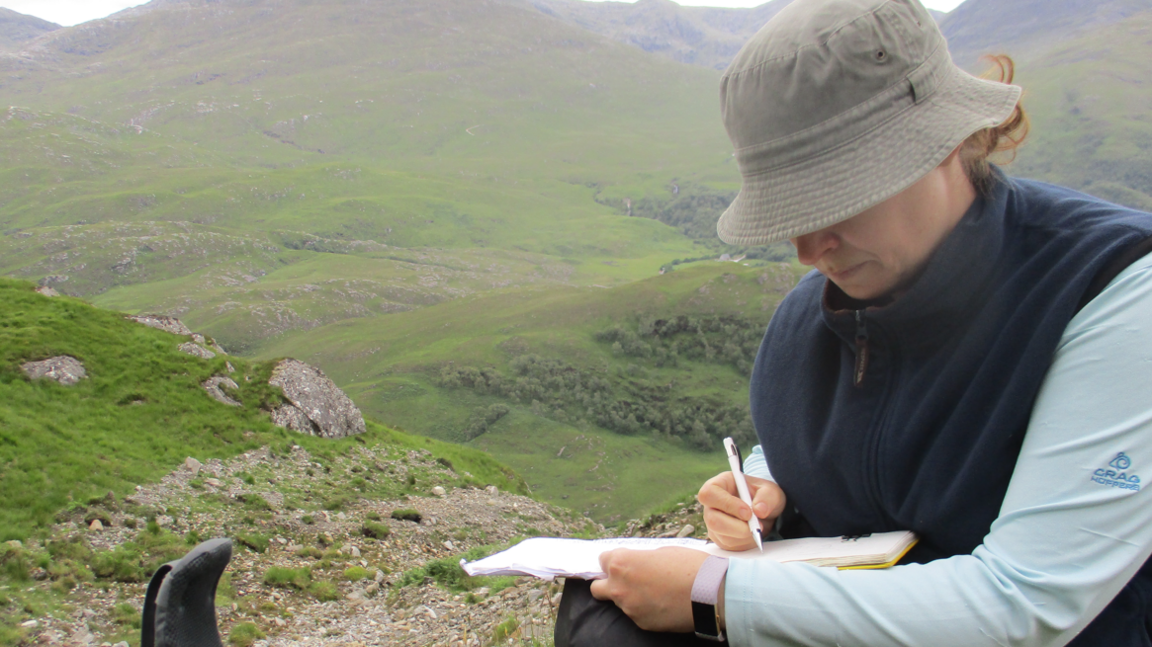
Dr Claire Dashwood of the BGS monitors landslides across the UK
Dr Claire Dashwood, engineering geohazard geologist at BGS, said a database on UK landslides had about 19,000 records.
The BGS does daily landslide hazard assessments so it can issue warnings.
Dr Dashwood said the biggest trigger was rainfall.
She said: "In the summer months we don't get as many and then we tend to have peaks, a ramp up of landslides through October to March."
Landslides in Cumbria
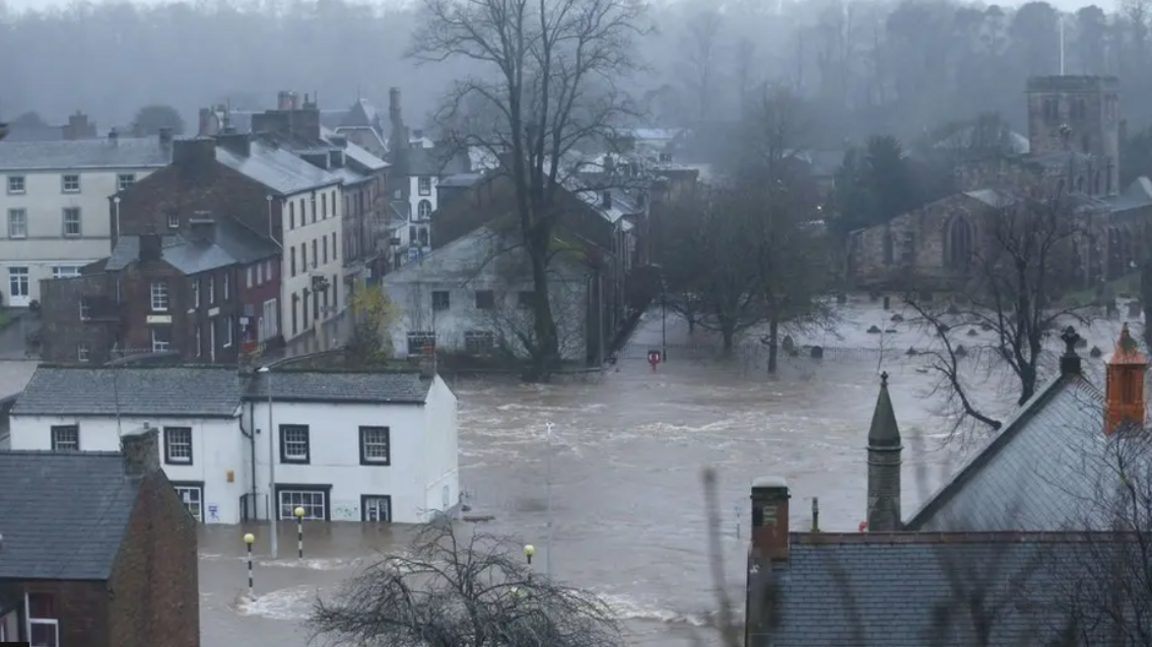
Appleby was one of the worst affected areas in Storm Desmond which Dr Dashwood said led to lot of landslides across Cumbria
In Cumbria 41 landslides have been reported to the BGS in the past decade, with three this year.
The largest recorded peak came in 2015 when Storm Desmond hit the UK, resulting in thousands of homes and businesses flooded and 341mm (13ins) of rain falling in just 24 hours in the county.
During storms in November 2009 Cumbria recorded the highest rainfall ever in 24 hours, external.
"Cumbria is on the coast, attracts a lot of rainfall and has steep slopes," Dr Dashwood said.
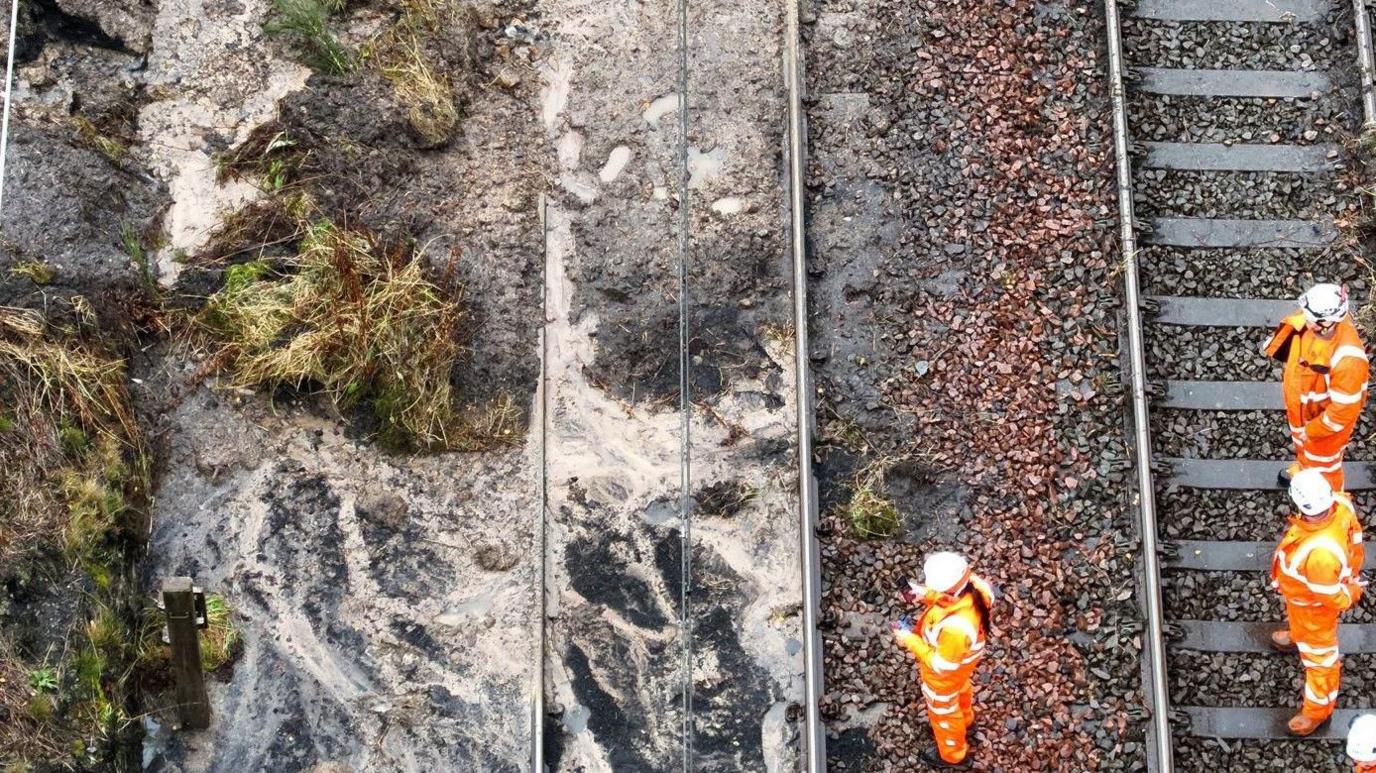
Network Rail believes the Avanti West Coast Glasgow to London service derailed after hitting a landslide in Shap
Most recently an Avanti West Coast service from Glasgow Central to London Euston derailed after it came off the tracks at Shap on 3 November.
Network Rail confirmed a landslip had occurred in the area before the train derailed.
Of the 87 people on board, four suffered minor injuries.
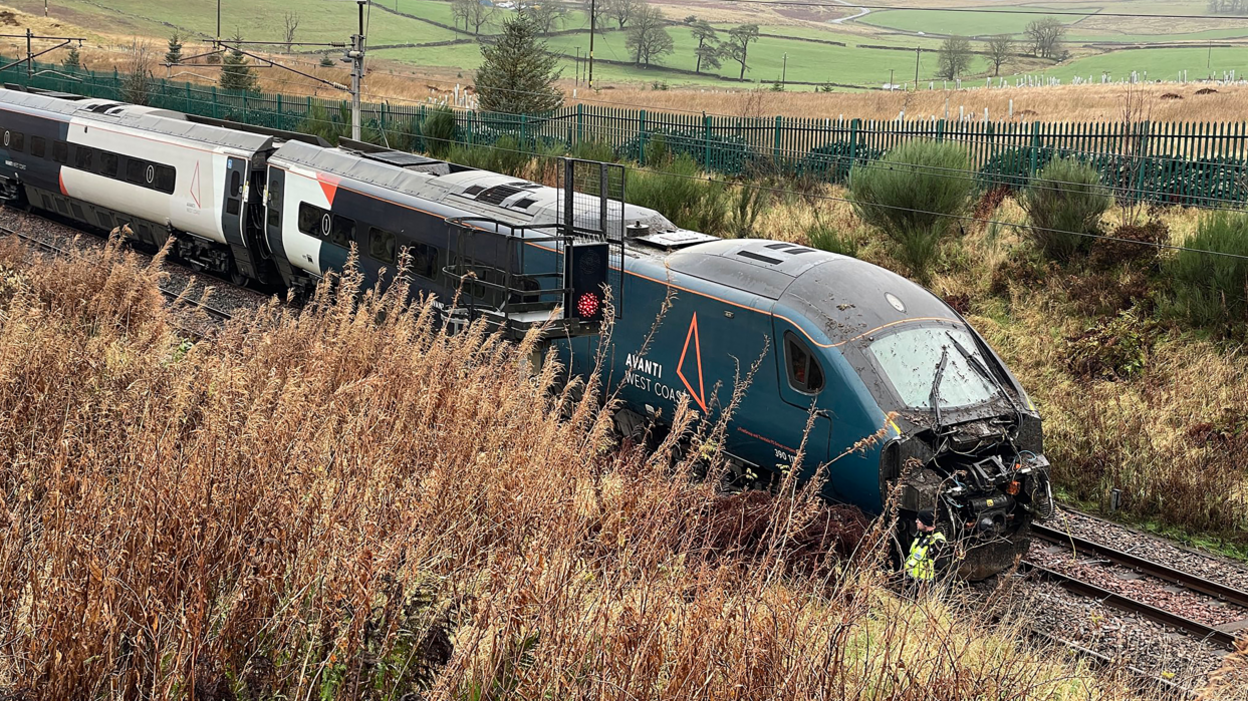
Four people suffered minor injuries after the train left the tracks
Network Rail said the line reopened the next day and it was taking action to "improve the resilience" of the route including earthworks to stabilise embankments.
It said it was working with the Rail Accident Investigation Branch (RAIB) to try and piece together what had happened.
A rail firm spokesperson said: "This incident happened on a relatively inaccessible part of the West Coast Main Line in very poor weather conditions.
"While this area of the railway was being maintained in line with industry standards, our investigation into the cause of the derailment is still ongoing but our initial focus was getting passengers safely back on the move."

The train was travelling at 80mph when it derailed, Network Rail said
Two days later, the region also witnessed another on the A592.
The road had to be shut at Kirkstone Pass, between Troutbeck and Kirkstone Inn, due to a landslide.
Westmorland and Furness Council released pictures of the aftermath on the road which it said could be closed for months.
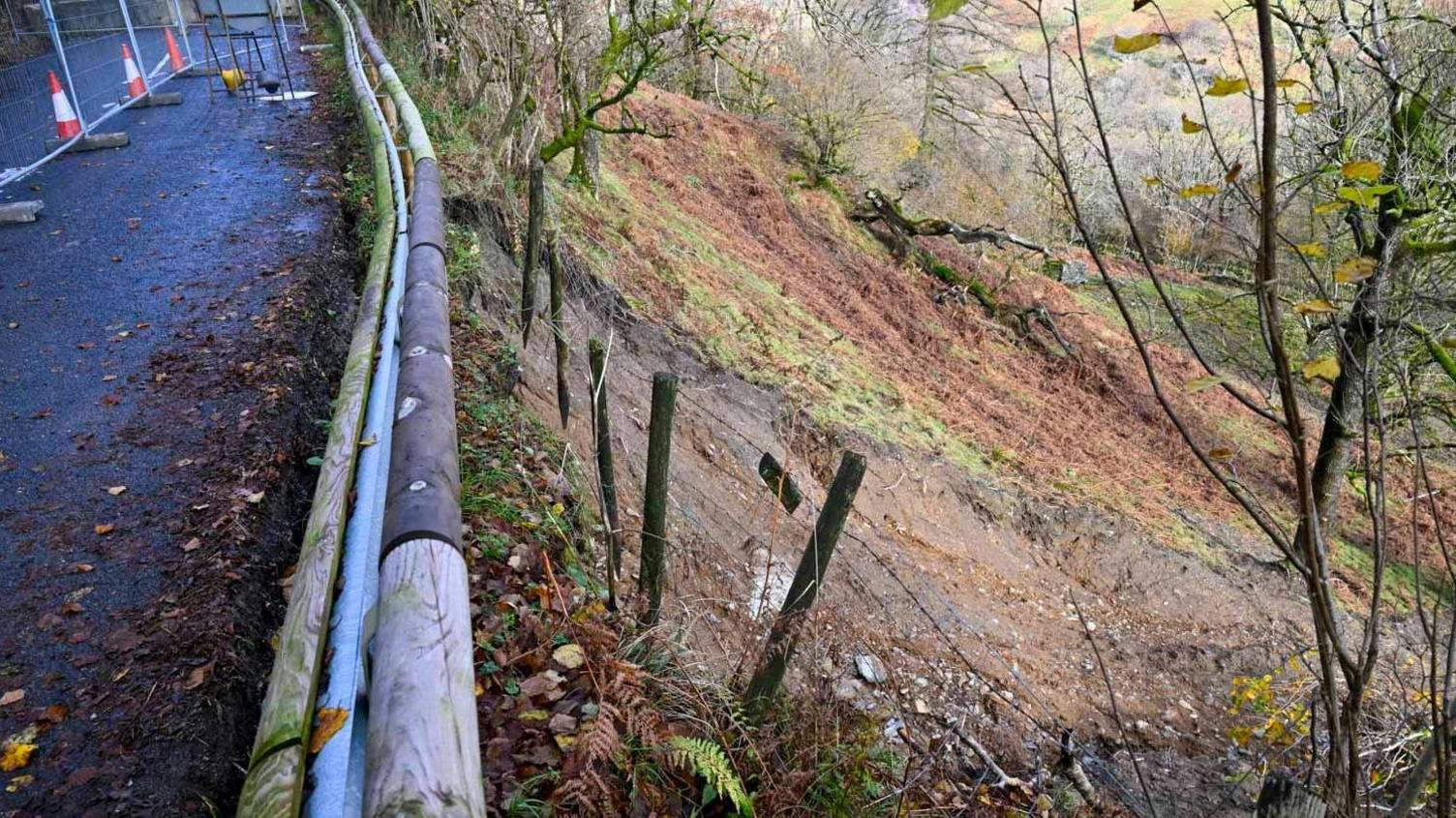
The landslip has meant it is dangerous for drivers to use the section of the A592
Dr Dashwood said incidents like Kirkstone Pass can be more difficult to deal with if earth and debris is lost below the road because the carriageway may have to be rebuilt.
She said Cumbria was a "big mix of small landslides which are quite impactful on roads and railways, and the coast".
While the region does not have the worst landslides in the UK, the BGS said many landslips had occurred historically in the Lake District, making it vulnerable.
Dr Dashwood said the previous sites in the landscape can be "reactivated by rainfall or loss of materials".
Richard Smith, from the Lakes Line Rail User Group, previously told Radio Cumbria that landslips were a "Europe-wide problem".
He said: "Victorian embankments along the railways are beginning to show their age.
"There is a need all over the country, and in other countries like us suffering from the effects of climate change, to strengthen structures that have been in use for a long time."
Ten years ago, Prof Robert Duck said "problems had been stored up" because Victorian railway companies built by the coast on flat, cheap land.
He said the future impact of this building on the natural environment and the coasts "did not come into anyone's minds at all".
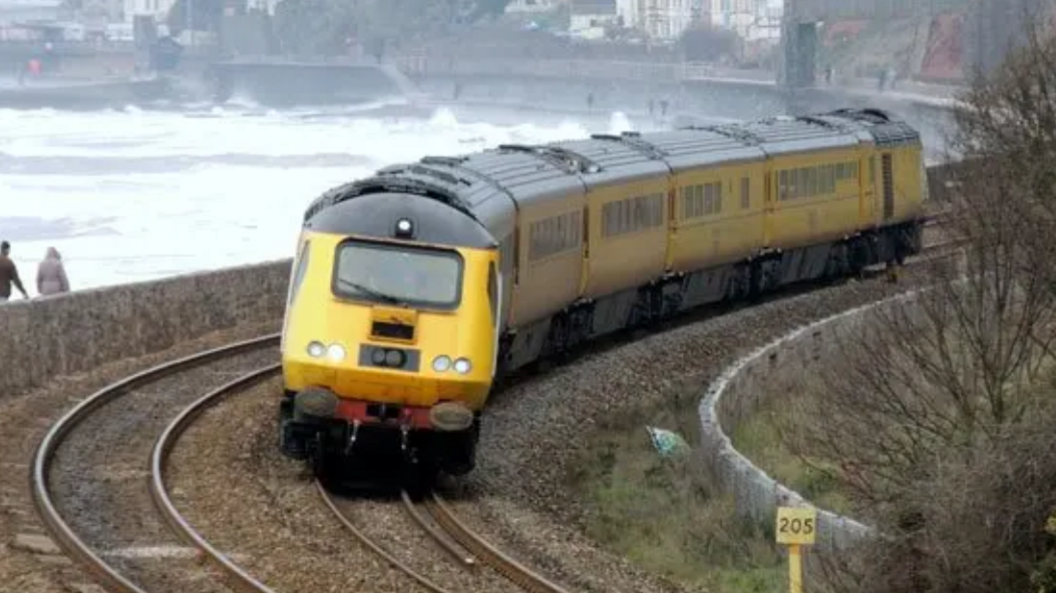
The Dawlish coastal section line had previously collapsed due to the harsh weather from the coast and rock falls
Network Rail said it was using monitoring technology, including track sensors, CCTV and remote condition systems to help detect movement and respond quickly when ground conditions changed.
What to do in a landslide?
Prof Johnson said the best advice was to make people aware of landslides before they occurred.
He said if anyone ends up near one, with material coming towards them, they should "get out of the way quickly, 90 degrees away" from the direction it is going.
"If you see it coming towards you, run lateral to it because these things can move at speeds faster than we can run," Prof Johnson said.
How to prevent landslides
Prof Johnson said they cannot be prevented but their triggers can be controlled.
Not overloading soil, balancing vegetation and drainage can all help, he said.
"However, if those soils are already saturated from heavy rainfall, drainage can only do so much," he added.
He said there was a "real need" not to debate on whether climate change exists but to look at solutions to modify behaviours to reduce its impact.
"Climate change is here, it is now, it is happening, so lets deal with that reality."
Follow BBC Cumbria on X, external and Facebook, external and both on Nextdoor and Instagram, external.
Get in touch
Do you have a story suggestion for BBC Cumbria?
Related stories
- Published5 November
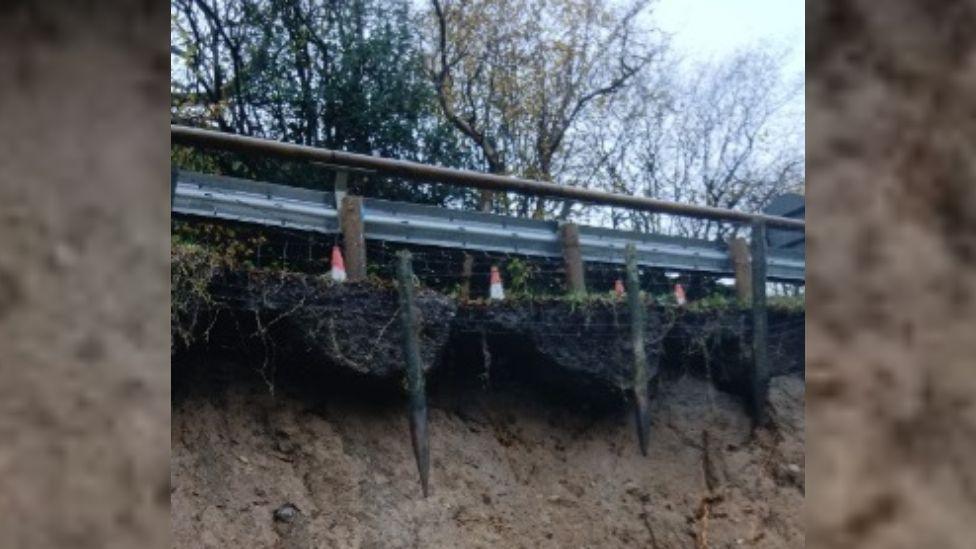
- Published4 November
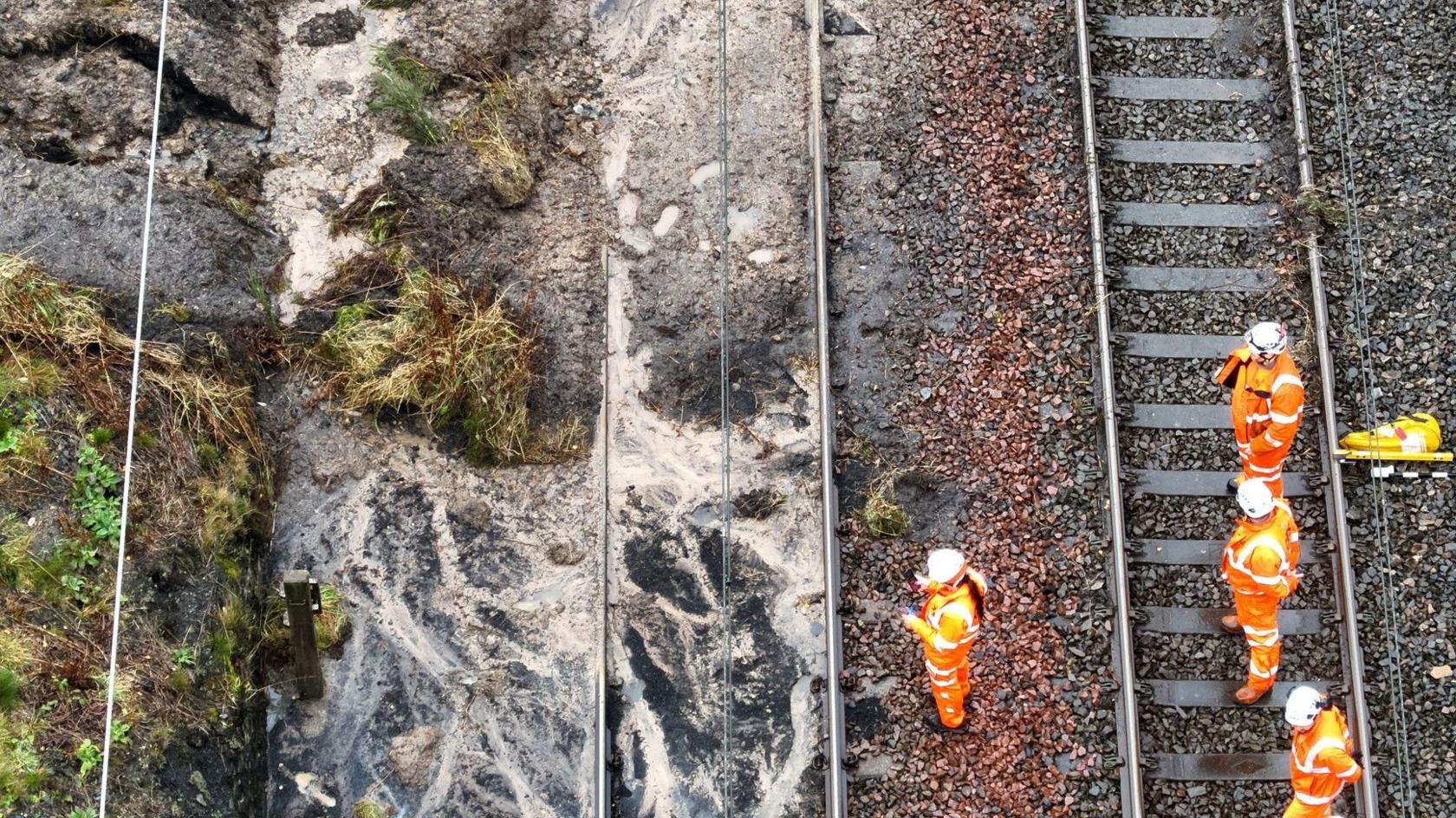
- Published4 November
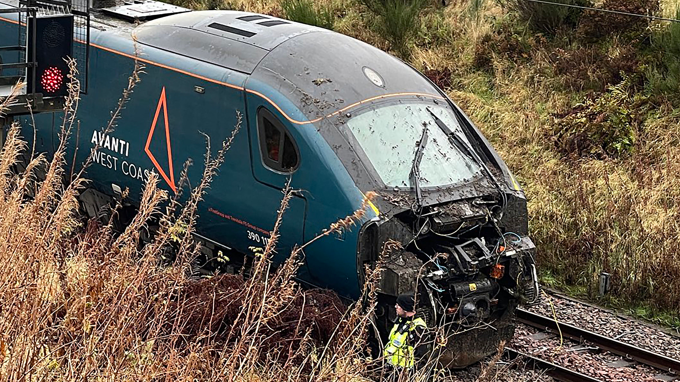
- Published8 November
